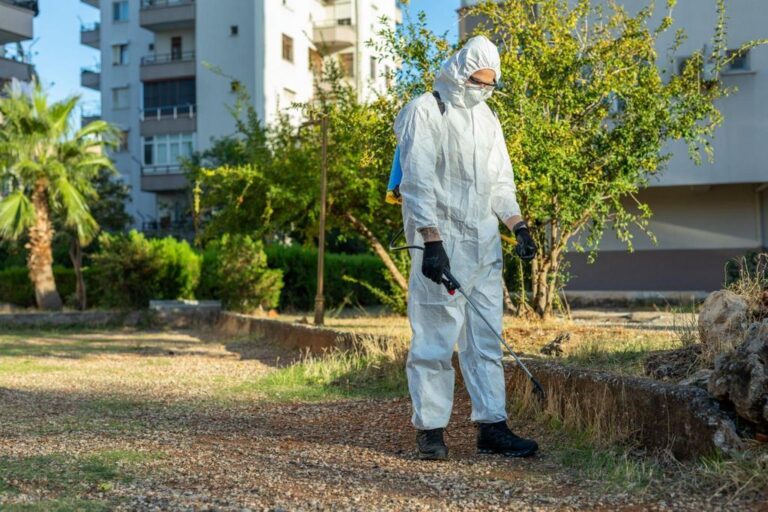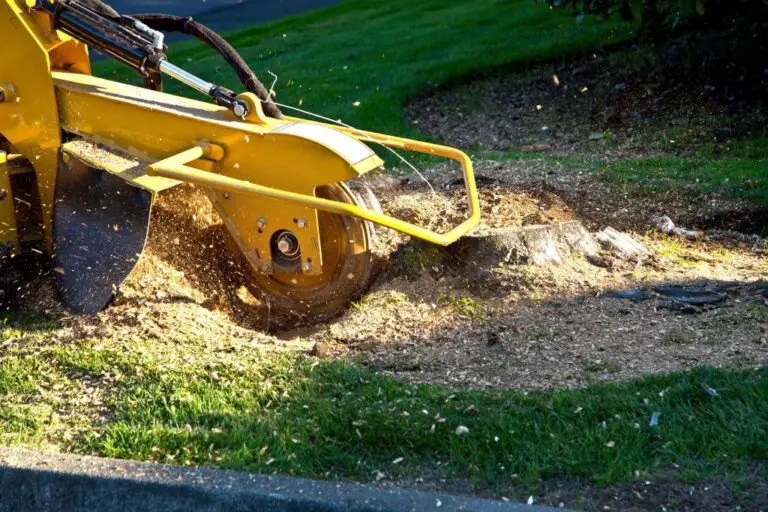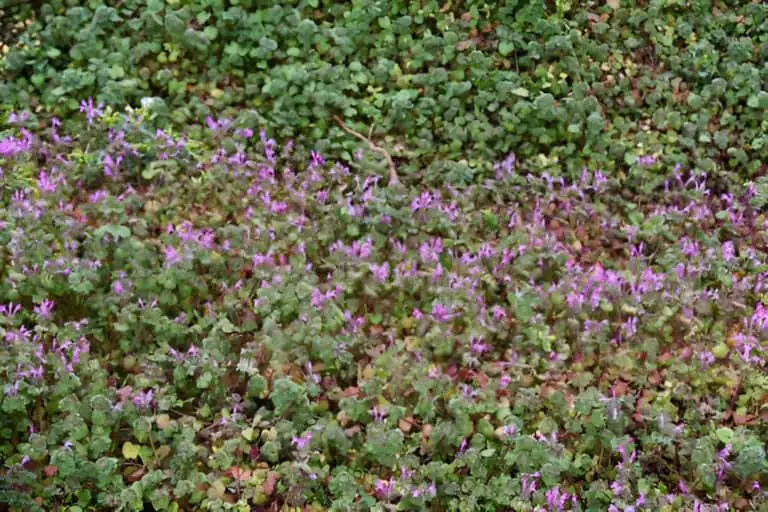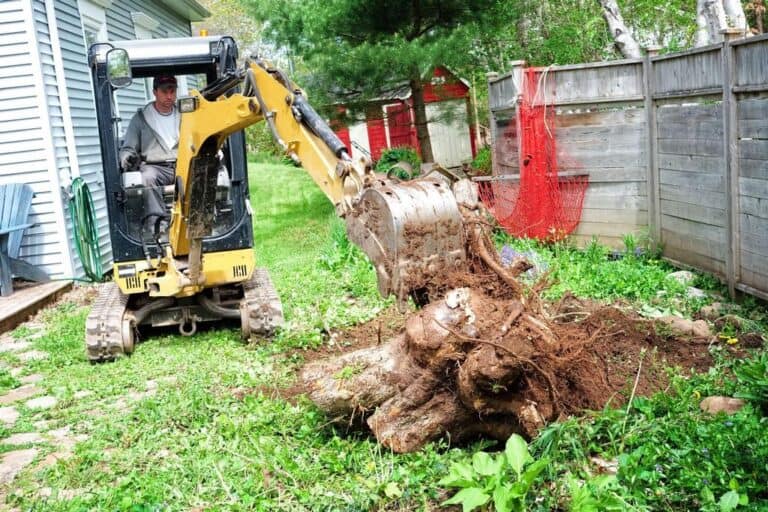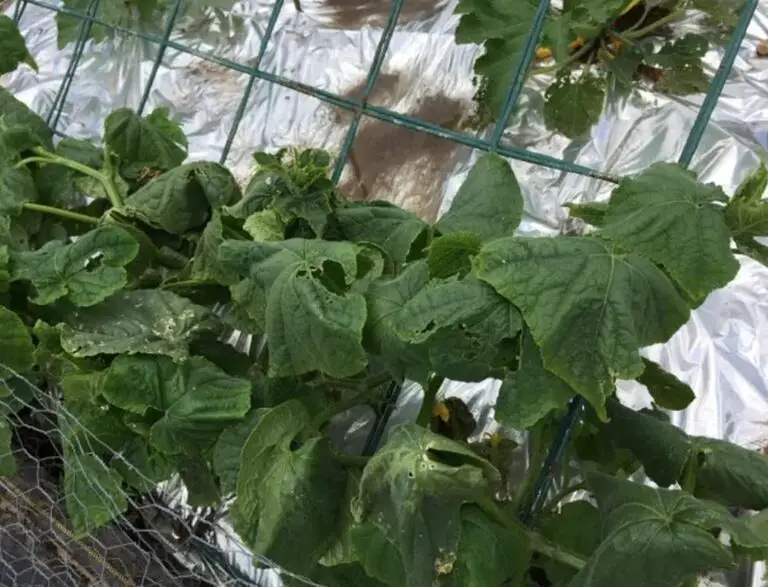Help! What to Do When Your Tree Gets Struck by Lightning
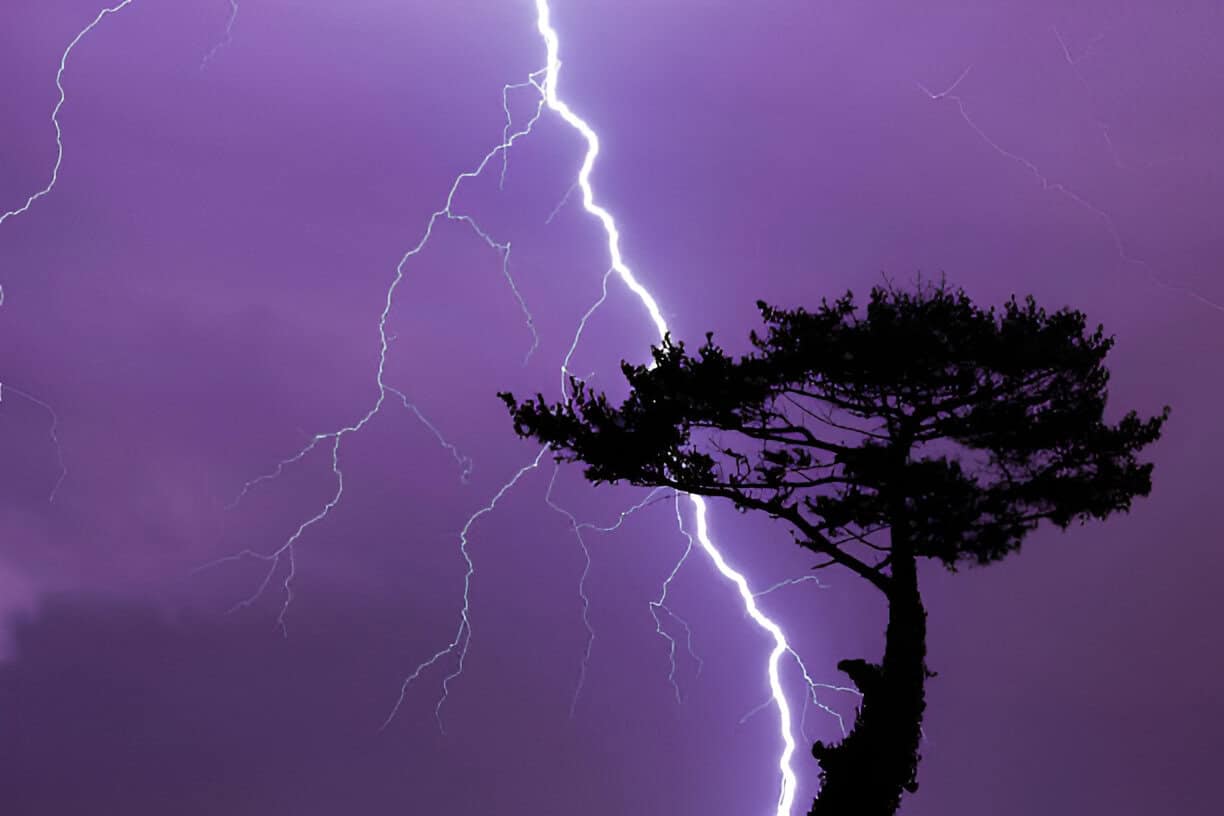
When a storm rolls in and the sky darkens, I often find myself on the edge of my seat, peering out the window like a kid waiting for Santa. Thunder rumbles, and lightning dances across the sky, illuminating the world in flashes of bright white. While it’s awe-inspiring, it can also spell disaster for the trees in our yards. If you’ve ever experienced the jolt of seeing one of your beloved trees get struck by lightning, you know the feeling of helplessness that follows.
I recently faced this reality when my own oak tree met an unfortunate fate during a violent summer storm. Here’s what I learned about how to assess the damage and help your tree recover.
Understanding the Impact of Lightning Strikes
Lightning strikes can seem like a bolt from the blue—unexpected and, unfortunately, often devastating. When a tree gets hit, the electricity can travel through the bark, branches, and roots, causing significant damage. The extent of that damage can vary widely.
What Happens When Lightning Hits a Tree?
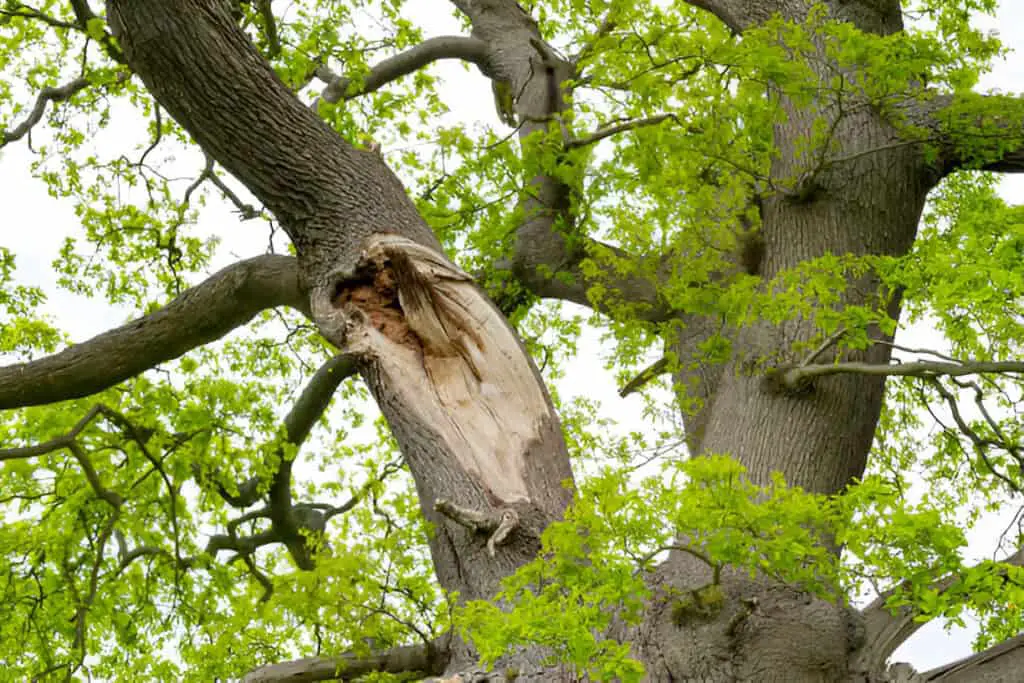
- Bark Blowing Off: The heat generated can cause the bark to explode off the tree.
- Splitting: The trunk might split, creating a visible wound.
- Scorching: The leaves and branches can become scorched or blackened.
- Root Damage: Electricity can travel through the roots, potentially damaging the tree from the ground up.
Assessing the Damage
When the storm passes and the sky clears, it’s time to assess the damage. Don’t rush outside like a bull in a china shop; take a moment to collect your thoughts. Here’s how to evaluate your tree:
Step 1: Safety First
Before you head outside, remember: safety is your best friend. If the storm is still brewing or if there are downed power lines nearby, don’t take unnecessary risks. Wait until conditions are safe.
Step 2: Visual Inspection
Once you’re sure it’s safe, take a good look at your tree from a distance. Look for:
- Visible Damage: Check for split bark, missing branches, or burn marks.
- Lean or Instability: Does the tree lean to one side? Is it wobbly?
- Foliage Condition: Are the leaves still green, or do they look burnt and shriveled?
Step 3: Check the Roots
If you feel comfortable, gently inspect the ground around the tree. If the roots are exposed or if you see signs of heaving, the tree may be in serious trouble.
Taking Action
Removing a Tree Struck by Lightning
If the lightning strike caused severe damage to the point where the tree is longer salvageable, you should remove it from your landscape.
Allowing dead or dying trees to go unnoticed creates a safety hazard for you and your family. As the tree begins to rot from the inside, it’s integrity will become compromised. Even it looks structurally sound, it may fall over.
By removing the lightning-struck tree, you can rest assured knowing that it won’t fall over. At the same time, you may be able to harvest the wood for firewood.
After assessing the damage, it’s time to roll up your sleeves and get to work. Here’s how you can help your tree recover:
Pruning Damaged Branches
Pruning might sound like a chore, but it can be therapeutic and beneficial for your tree. Here’s how I approach it:
- Use Clean Tools: Grab your pruners, and make sure they’re clean. You don’t want to introduce any disease.
- Cut at the Right Spot: Always prune just above a bud or a lateral branch. This encourages healthy growth.
- Remove Dead or Damaged Wood: Don’t be shy about removing branches that are obviously dead or damaged. It’ll help your tree focus its energy on healing.
Providing Support
Sometimes, your tree may need a little extra love and support to recover the tree. Here’s what worked for me:
- Staking: If the tree is leaning or unstable, consider staking it. Use soft ties to avoid damaging the bark, and be sure to remove them after a year or so.
- Mulching: Apply a layer of mulch around the base to retain moisture and suppress weeds. This gives your tree a cozy blanket to help it thrive.
Watering Wisely
After a lightning strike, your tree will likely be stressed. Keep the soil moist but not soggy. Here’s a quick watering guide:
| Season | Frequency | Amount |
| Spring | Weekly | 1-2 inches |
| Summer | Twice a week | 2-3 inches |
| Fall | Every other week | 1 inch |
| Winter | Monthly | Minimal |
Seeking Professional Help
Sometimes, despite our best efforts, a tree might need a professional touch. If you notice severe damage or if the tree seems unstable, don’t hesitate to call in an arborist. They can:
- Assess Damage: Provide a thorough evaluation of the tree’s health.
- Remove Dangerous Branches: Safely remove any branches that pose a risk.
- Evaluate for Rerooting: Help with treatments or recommendations for re-establishing roots.
| Also read: How to Revive a Conifer Tree |
Monitoring for Health
Keep a close eye on your tree over the next few months. Signs of distress can manifest in different ways:
- Leaf Drop: A sudden drop in leaves can indicate stress.
- Fungal Growth: Watch for mushrooms or other fungi around the base, as they may signal rot or disease.
- New Growth: Celebrate any new shoots or leaves! They’re a good sign that your tree is on the mend.
| Read: Earn Extra Cash Growing Trees in Your Backyard |
Apply Fertilizers and Mulch Properly
When your tree faces challenges, applying fertilizers can provide the necessary nutrients to aid in its recovery. Choose a balanced fertilizer that includes nitrogen, phosphorus, and potassium, as these essential elements help promote healthy growth and strengthen the tree’s immune system.
It’s best to apply the fertilizer in early spring or late fall, allowing the tree to absorb the nutrients during its active growth periods. Follow the manufacturer’s instructions to avoid over-fertilizing, which can harm the tree rather than help it.
Mulching is another effective technique to support your tree’s recovery. Proper mulching methods not only protect the roots but also enhance regrowth. Spread a layer of organic mulch—such as wood chips, bark, or straw—around the base of the tree, ensuring it stays a few inches away from the trunk. This practice helps retain moisture, suppress weeds, and regulate soil temperature.
| Benefits of Mulching | Details |
| Moisture Retention | Keeps the soil consistently moist. |
| Weed Suppression | Reduces competition for nutrients. |
| Temperature Regulation | Protects roots from extreme temperatures. |
Evaluate Prevention Options
Evaluating prevention options is crucial for protecting your trees from future lightning strikes, especially if you have valuable or historical specimens in your yard. One effective method is to install lightning protection systems.
These systems act as a shield, guiding lightning safely to the ground and minimizing damage to your trees. They typically involve copper conductors, rods, and grounding systems designed to intercept and redirect lightning strikes, preserving the integrity of your beloved trees.
In addition to installing protection systems, it’s essential to educate yourself on effective strategies to mitigate future lightning-related issues. Knowledge is power, after all. Understanding the natural characteristics of your trees, such as height and health, can help you identify which trees are more susceptible to strikes.
| Prevention Strategies | Description |
| Lightning Protection Systems | Install conductors and rods to protect trees. |
| Regular Tree Maintenance | Prune and care for trees to enhance resilience. |
| Planting Location | Choose appropriate spots away from tall structures. |
Conclusion
Seeing your tree struck by lightning is like watching a friend get hit by a car—it’s shocking and leaves you feeling helpless. However, with the right knowledge and a bit of care, you can help your tree recover and thrive once again. Remember, patience is key. Just like a garden, tree recovery takes time. Each day, check in on your tree and celebrate the little victories—like a new leaf or a straightened trunk.
In the end, storms come and go, but our trees remain, standing strong against the odds. So next time the lightning strikes, you’ll know exactly what to do. Just keep calm, stay proactive, and give your tree the love it deserves!

